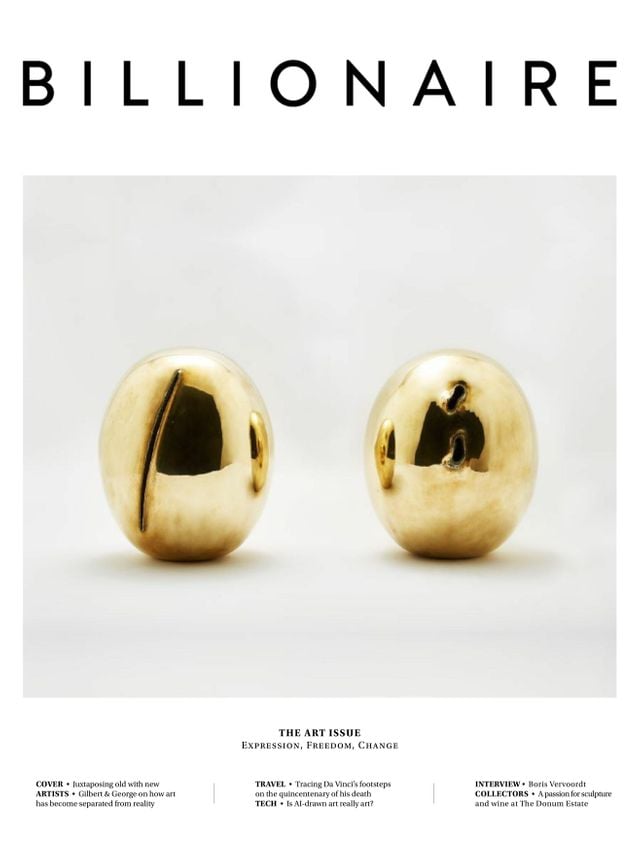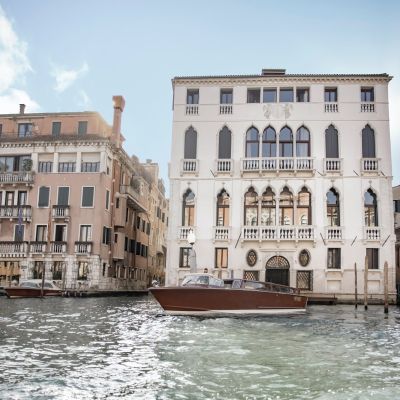Hope For The Hopi
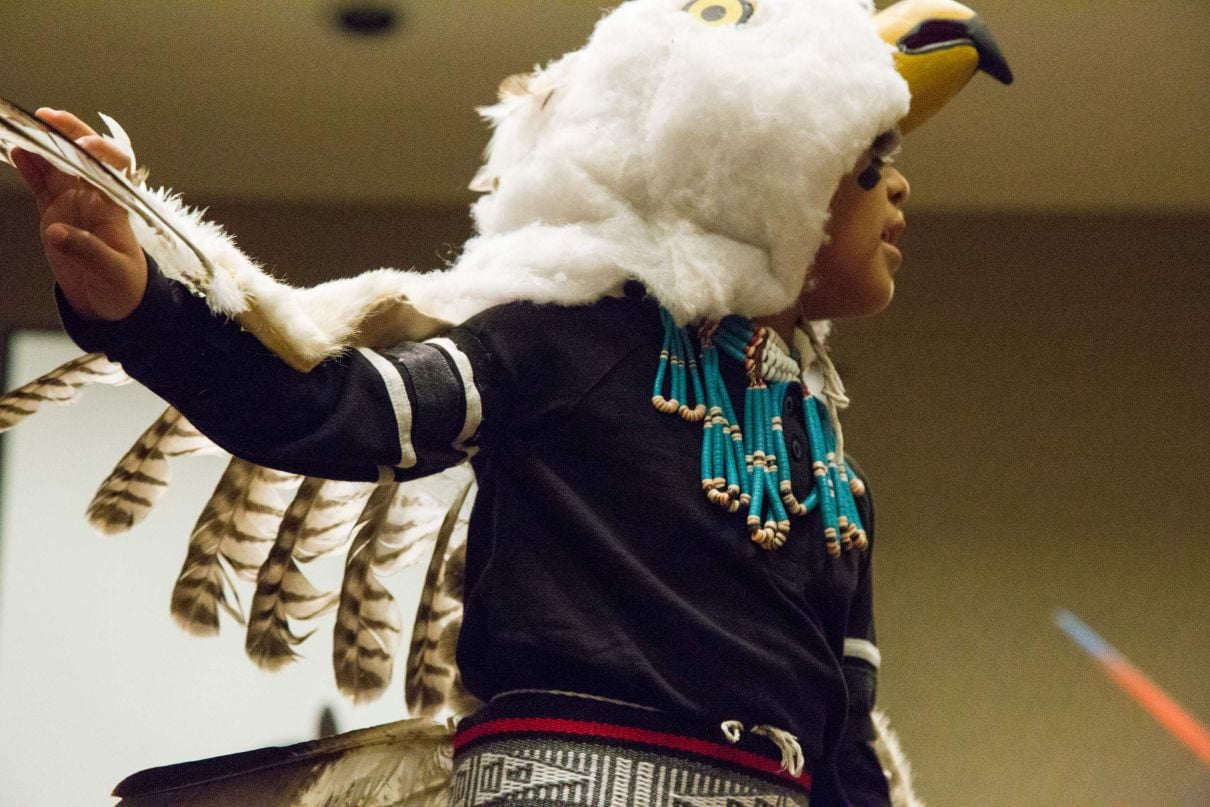
Tribal peoples across the world are demanding that pillaged treasures should be returned to them.
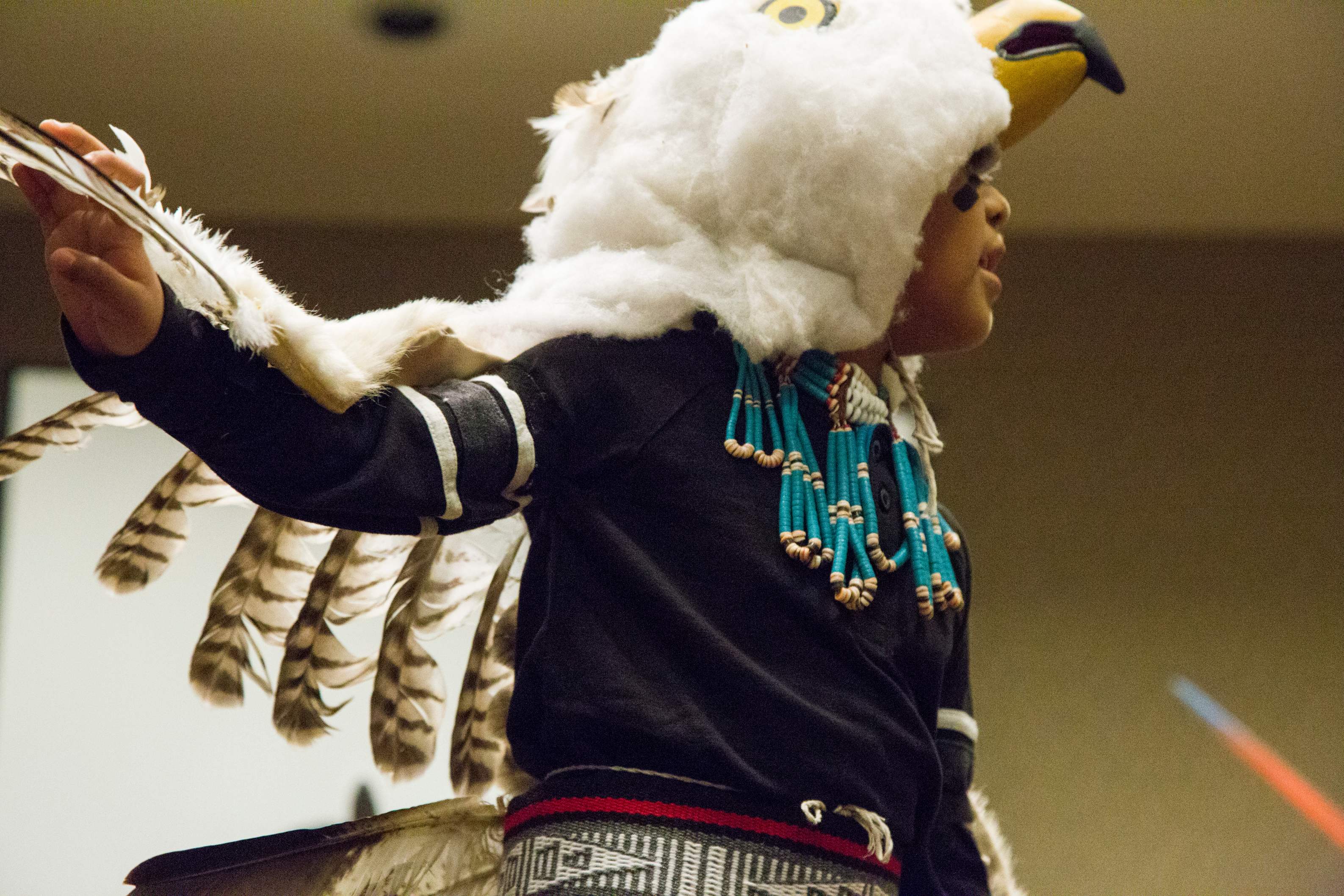
As managing partner of the Paris office of international law firm Skadden Arps, Pierre Servan-Schreiber was used to taking on mergers and acquisitions and public offerings for the largest companies in the world.
But he also was part of an association called the Alliance of Lawyers for Human Rights, which provides pro-bono work for those who can’t afford or obtain legal advice.
He recalls a request in 2013 from the non-profit Survival International, to help prevent the sale of 70 sacred katsinam — sacred masks of the Native American Indian Hopi tribe. Destined to be sold through Paris-based auction house Drouot, the collection of masks represented the largest and most important collection in the world.
“It was, for the Hopi, comparable to selling a piece of the cross on which Jesus Christ was crucified, that is, something so deeply rooted in their religion that putting it up for sale to the best bidder was simply inconceivable,” says Servan-Schreiber over the phone from Paris.
The Hopi, an ancient Native American tribe, still lives in the desert of the Colorado Plateau in Arizona. The katsinam represent messengers to the gods and their dead ancestral spirits, crafted in masks made from feathers, animal skin, horsehair and wood, painted sometimes in monochrome and sometimes in vivid hues.
The Hopi cherish these masks as though they are part of the family and will not even allow them to be photographed. Seeing them sold as objets d’art was a travesty.
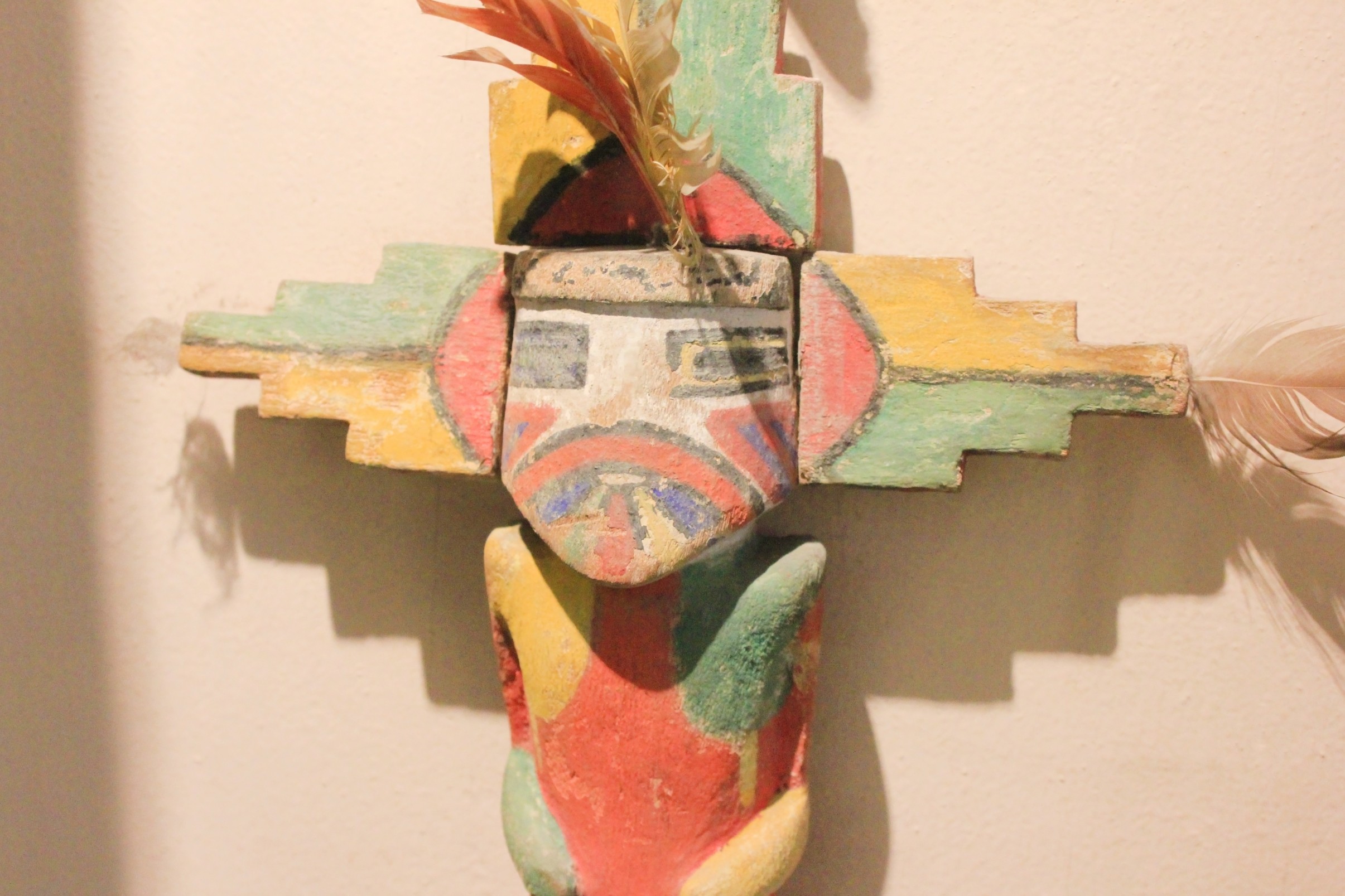
The Hopi had written to the auctioneers to ask them to cancel the sale, but their request had been ignored. Hopi representatives contend the items were stolen at some point and wanted the auction house to prove otherwise. With an associate, Servan-Schreiber took the case.
“I thought the question was an interesting one: can an auction be suspended on the grounds that the items to be sold are a) considered sacred and non-saleable by those who made them and b) were, potentially, and, even probably, stolen from the people to whom they belong,” he says.
“I knew the odds were not in our favour. But, even if we lost, I believed it to be one those rare legal cases whose media coverage would help change public opinion. So, to my mind, it was well worth fighting for anyway.”
Servan-Schreiber says he fought the case as if he was a Hopi himself. There is a law in the US that protects indigenous artifacts but not one in France. However, a Supreme Court ruling exists in France whereby graves and funeral items cannot be bought or sold. So, his argument was based on the sacred function of the katsinam today, their relationship to those who have passed on, and their role as the embodiment of the spirits of the dead.
Legally, it was fighting an uphill battle from the beginning, but it helped that the press picked up on it, recalls Servan-Schreiber. The New York Times and Reuters contacted Servan-Schreiber and media interest snowballed. Soon, actor Robert Redford had heard about the case and was among those calling for it to be halted.
They obtained permission to summon the auction house to a court hearing, but despite their best efforts, the judge ruled in favour of the auction house and the sale was permitted.
It was a major disappointment, says Servan-Schreiber. “But right afterwards I had an idea, that with €4,000 I could buy at least one of the masks and return it myself, in a symbolic gesture.”
He called the tribal leader to explain the day’s events and told him, “we’ve lost the battle, but we haven’t lost the war.” Then Servan-Schreiber made plans to bring the tribe its mask. After a long journey from Paris, he rented a Harley-Davidson and rode out to the Hopi village, Hopituskwa.
Servan-Schreiber recalls the heavy rain when he arrived, which delighted the Hopis, who considered it a sign of God. They accepted the mask (he recalls it as a sombre occasion, like the homecoming of a son’s body from battle). Once a year in mid-July the Hopis take out all the katsinam masks for the Home Dance ceremony, after which they are returned to the mountain where they are hidden for the rest of the year. No cameras, videos or smart phones are allowed in the Hopi villages. No one is allowed to draw or sketch, so there are no visual representations of the dances.
They invited Servan-Schreiber to witness the ceremony, something very few other non-indigenous people have been privy to. At the end of his stay the tribe gave him a katsinam doll (which is not considered sacred by the Hopi) to take home by way of thanks.

But that was far from the end of the story. A few months later and another Parisian auction house, this time Auction Eve, announced a sale of 24 Hopi masks. Again Servan-Schrieber tried to stop it and again he failed. But this time, the media attention caught the eye of a wealthy US philanthropist, Gregory Annenberg Weingarten. The Annenberg Foundation paid US$530,000 for all of them to return to the tribe.
Six years on and Servan-Schreiber is still exploring if there are still katsinam in France with a view to repatriate them to the Hopi tribe. “Realistically, I don't know if that will produce any positive results,” he admits.
This issue of pillaged art is nothing new and can be compared to the struggles of many tribal peoples worldwide and demands for restitution.
There has been a decades-long dispute between the British Museum and Greece over the Parthenon marbles: 2,500-year-old sculptures that Scottish diplomat Lord Elgin took in the 19th century. Greece desperately wants them back, but the British Museum has refused. The British Museum also has a collection of thousand-year-old statues from Easter Island, removed by British sailors in 1868.
Similarly, the Democratic Republic of the Congo wants its cultural patrimony returned from Belgium’s Africa Museum in the town of Tervuren. During the reign of King Leopold II, many items, including musical instruments, sculptures and even the contents of graves, were pillaged for display purposes. Benin is requesting that its artifacts be repatriated, including thrones that were taken by French soldiers in the late 19th century. Other African nations are expected to follow suit, including Senegal, Mali and Burkina Faso.
An estimated 80-95 percent of African historical objects are held in museums outside the continent. But some worry that returning them would open the floodgates, forcing Western museums to send home thousands of artifacts.
French president Emmanuel Macron has been a standard bearer for ancient art restitution.
Last November he announced a plan to return various objects owned by French museums to Benin, a former French colony.
Dozens of artifacts have been returned from France to Peru and more than 250 pieces of Egyptian heritage were sent back to Cairo after they were found in the luggage of a UK resident en route to London.
This article originally featured in Billionaire's Earth Issue, September 2019. To subscribe contact

